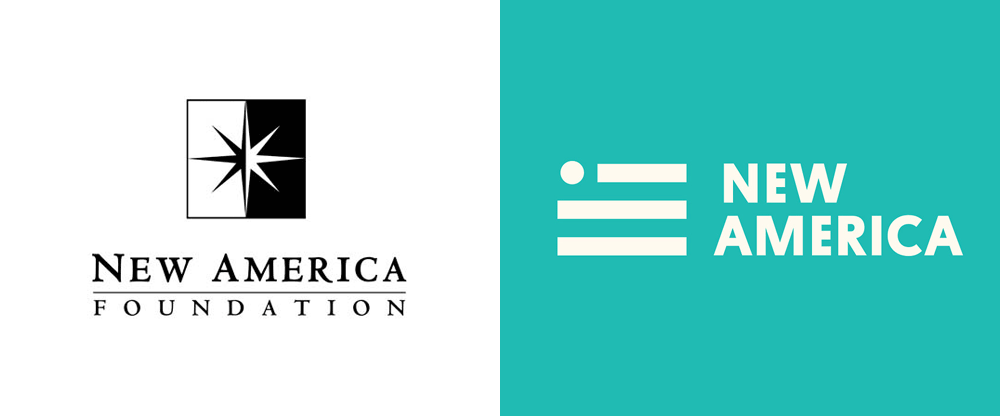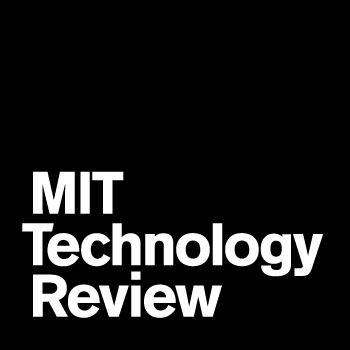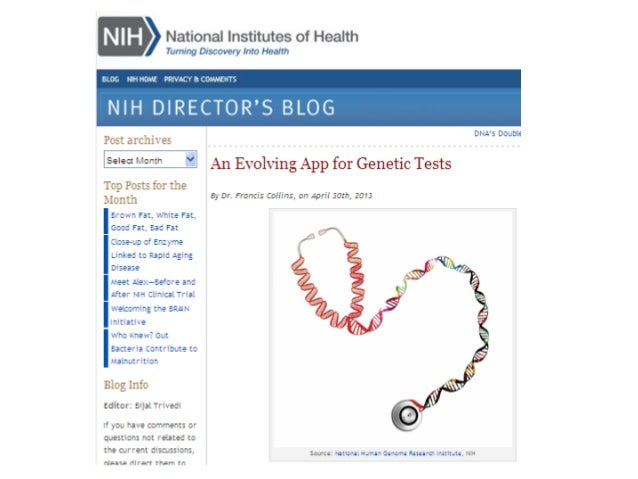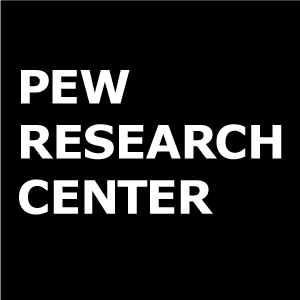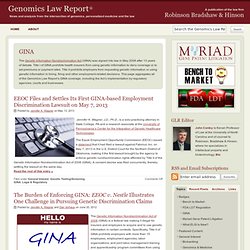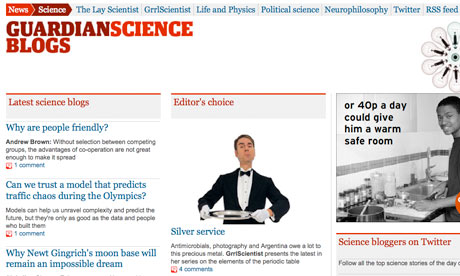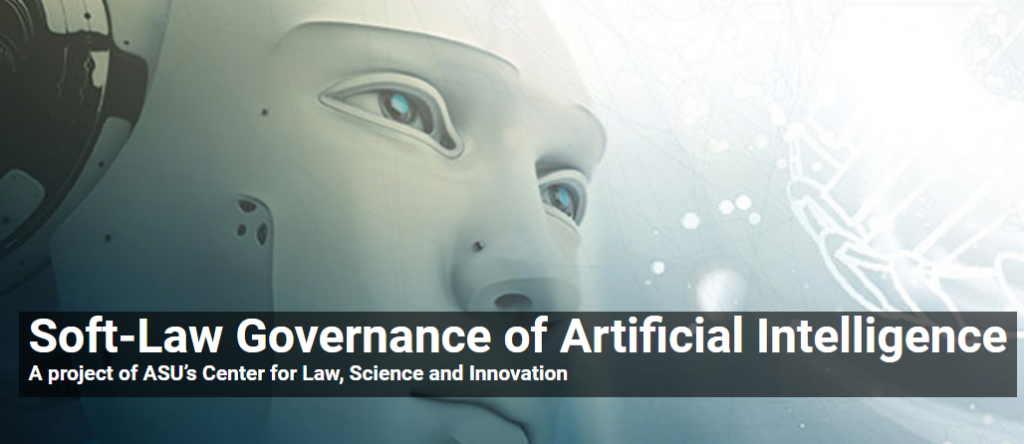
Jurimetrics, the Journal of Law, Science and Technology recently released a special issue on soft law in governing emerging technologies. This issue is part of a featured project focused on investigating the use of soft law governance for AI, as an alternative to the traditional foundations that can’t keep up with rapidly changing technology and hinder innovation.
The special issue explores the ways that soft law has been applied to other technologies in the past, with each article containing a case study for various technologies: nanotechnology, life-science technology, environmental sustainability technologies, and information and communication technologies. By looking back on what has worked in the past for soft law governance, and more importantly what hasn’t worked, allowing experts to better judge the extent to which conditions soft law can be applied to governing AI technologies.
ASU Law faculty, as well as faculty from the University of Pennsylvania and George Mason University contributed pieces to the special issue. ASU Law faculty Diana Bowman wrote about the roles soft law plays in governing nanotechnologies, Yvonne Stevens wrote about soft law governance and the historical perspective from life-science technologies. Gary Marchant, Lucille Tournas and Carlos Ignacio Gutierrez wrote the introduction and conclusion for the issue. Cary Coglianese penned the article on governing environmental technologies through soft law and Adam Thierer discussed soft law in information and telecommunication technologies.
The concept of soft law can be confusing for some, as most people are familiar with the concept of hard law, like legislation or statutes, for example. Hard law has the the force of law and is enforceable by the courts, behind it. Soft law instead involves a set of rules that is agreed upon but does not have the force of law. Soft law can include things like voluntary agreements, professional guidelines, industry standards and codes of conduct. This is important because this helps provide a list of rules for professionals to follow, while preventing the hold up in innovation that the formal processes can cause. Soft law is more adaptive, and can also be applied across political boundaries as it isn’t limited to a single jurisdiction.
This issue is the product of the first three stages of the AI soft law project, with the first phase examining the lessons from past applications of soft law, the second phase looking at current initiatives to increase soft law to govern AI, and the final phase examining the potential future strategies for increasing the effectiveness of credibility of AI soft law.
The issue examines the role soft law has played in technology governance in the past, as part of our project to explore how it might be applied to governance of AI now and in the future. Learn more about it here:


